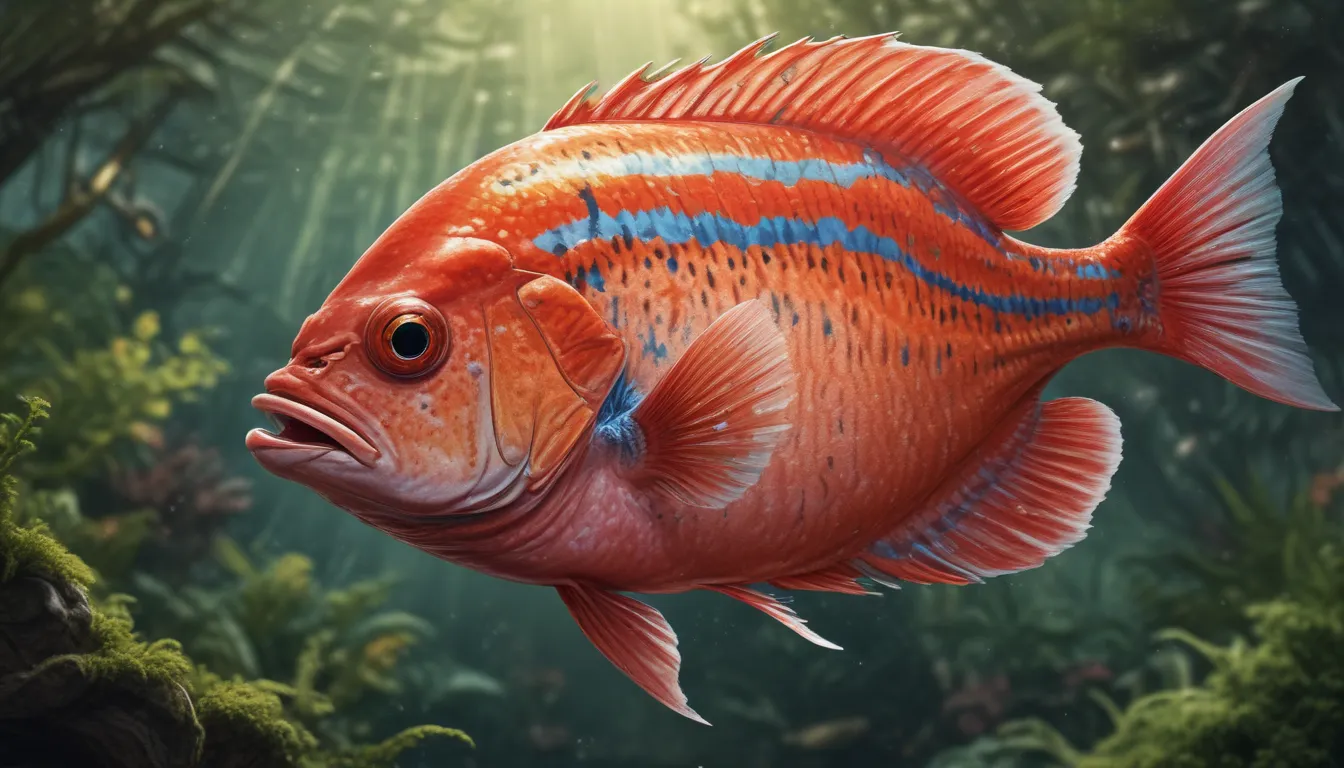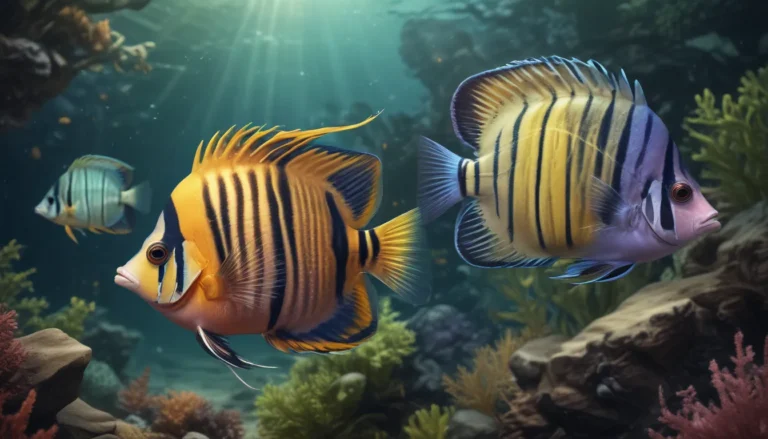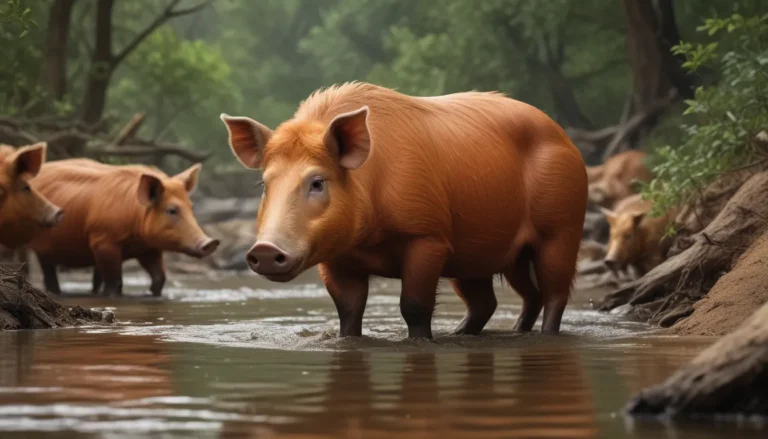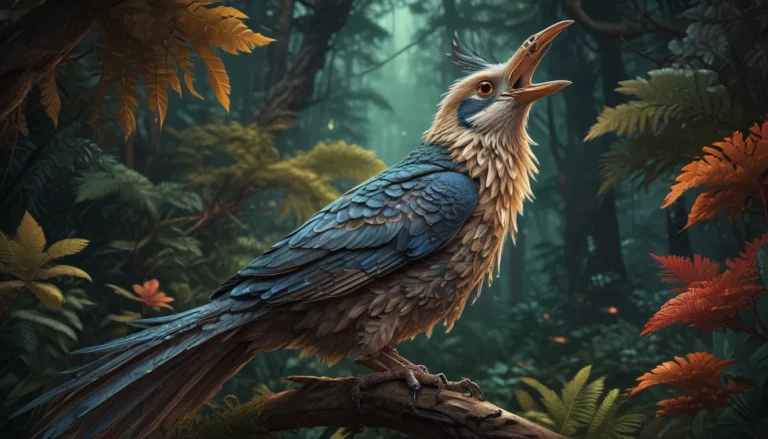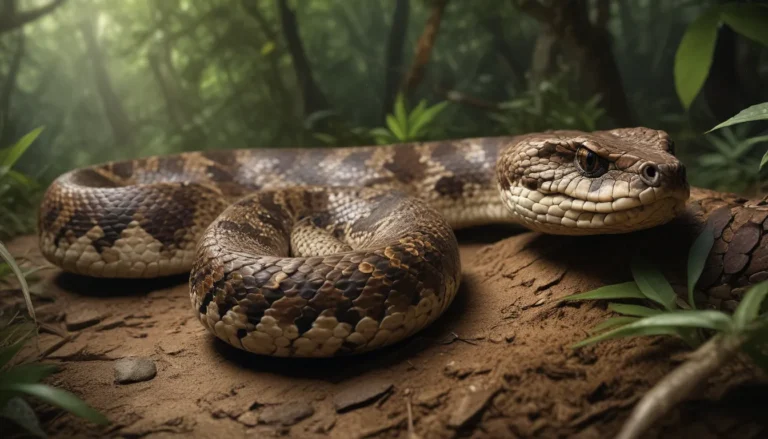The pictures we use in our articles might not show exactly what the words say. We choose these pictures to make you interested in reading more. The pictures work together with the words but don’t take their place. The words still tell you the important facts.
The Opah, also known as the moonfish or sunfish, is a captivating and unique inhabitant of the open ocean. With its circular body shape, vibrant colors, and remarkable warm-bloodedness, the Opah is a true marvel of nature that continues to intrigue marine enthusiasts and scientists alike. In this comprehensive exploration, we will delve into 18 interesting facts about these extraordinary creatures, shedding light on their physical characteristics, feeding habits, and distribution patterns. Whether you have a passion for marine life or simply seek to uncover the wonders of the animal kingdom, join us on this exciting journey to unravel the mysteries of Opahs.
Understanding the Opah’s Enigmatic Nature
The Opah possesses a distinctive circular body shape that sets it apart from most fish species, enhancing its maneuverability and swimming abilities. Coupled with its iridescent skin, the Opah's unique appearance makes it a captivating sight in the vast oceanic expanse.
A Fish Like No Other: The Warm-Blooded Opah
One of the most remarkable characteristics of the Opah is its ability to regulate its body temperature, making it the only known warm-blooded fish in the world. Through regional endothermy, the Opah generates and retains heat in specific areas of its body, enabling it to thrive in diverse oceanic environments.
Solitary Wanderers: The Lifestyle of Opahs
The Opah is a solitary creature, often venturing and hunting alone in the depths of the ocean. Its elusive nature adds to the mystique surrounding these creatures, with sightings by human observers being rare and infrequent.
Power in Proportion: The Opah’s Pectoral Fin
With its large pectoral fin, often referred to as its "wing," the Opah can swiftly navigate through the water, showcasing its agility and hunting prowess. This unique fin structure contributes to the Opah's ability to thrive in its oceanic habitat.
From Tiny Fry to Mighty Giants: The Size of Opahs
Despite their circular shape, Opahs can grow to impressive sizes, with some individuals reaching weights of up to 600 pounds. This substantial weight is attributed to their muscular bodies and dense bone structures, allowing them to thrive in the open ocean.
Versatile Eaters: Exploring the Opah’s Diet
Opahs are opportunistic predators, feeding on a diverse array of prey that includes fish, squid, and crustaceans. Their adaptable diet plays a crucial role in their survival and ability to thrive in different marine environments.
Swift Swimmers of the Sea: Opah’s Speed and Agility
Equipped with a streamlined body and powerful tail, Opahs are adept swimmers capable of reaching speeds of up to 50 miles per hour. This athleticism enables them to swiftly pursue prey or evade potential threats in their underwater domain.
Depths of Discovery: Opah’s Impressive Diving Abilities
Opahs are known to descend to notable depths in the ocean, with recorded dives reaching up to 1,300 feet. This remarkable diving capability allows Opahs to explore lesser-known realms of the underwater world, showcasing their adaptability and resilience.
Mystery in Migration: Unraveling Opah’s Movement Patterns
Recent research has highlighted the extensive migrations undertaken by Opahs, as they traverse vast distances across oceans and international boundaries. These migratory journeys are driven by factors such as food availability and reproductive requirements, shedding light on the complexity of their behavior.
A Kaleidoscope of Colors: The Vibrant Opah
Adorned in hues of deep red, orange, and silver, the Opah's striking colors not only enhance its beauty but also serve as a form of camouflage in its marine environment. These vibrant hues provide the Opah with protection from potential predators, blending seamlessly into their surroundings.
The Dance of Dominance: Male Opah Competitions
During the breeding season, male Opahs engage in intense contests to establish dominance and secure mating opportunities. These displays of competition involve intricate movements and vibrant color changes, showcasing the Opah's unique breeding behavior and social dynamics.
Growth in the Fast Lane: Opah’s Rapid Maturity
Opahs exhibit a rapid growth rate, allowing them to reach sexual maturity quickly compared to other fish species. This accelerated growth contributes to their population sustainability and adaptability, ensuring their continued presence in marine ecosystems.
Jaws of Precision: Opah’s Specialized Feeding Adaptations
The Opah's jaws are uniquely designed for capturing and consuming prey, featuring sharp teeth and an expandable mouth that enables them to grip and swallow prey whole efficiently. This specialized jaw structure facilitates a swift and effective feeding process for Opahs.
Spawning Spectacle: Opah’s Communal Reproduction Behavior
During the spawning season, Opahs exhibit unique behavior by congregating in specific areas to reproduce. This communal spawning behavior contrasts with their typical solitary lifestyle, showcasing a captivating spectacle for marine enthusiasts and researchers alike.
Sought After Delicacies: Opah’s Culinary Appeal
Due to their large size and delectable flesh, Opahs are prized catches among commercial and recreational fishermen. The meat of Opah is renowned for its rich flavor and texture, making it a culinary delight in various cuisines and culinary traditions.
Guardian of the Opah: Conservation and Population Monitoring
While Opahs are not currently classified as endangered, scientists closely monitor their populations due to potential threats such as overfishing and habitat degradation. Conservation efforts are underway to safeguard the long-term survival of these majestic creatures and preserve their critical role in marine ecosystems.
Breathing Underwater: Opah’s Specialized Gill Adaptations
Opahs have developed unique gill adaptations to efficiently extract oxygen from the water, enabling them to thrive in low-oxygen environments. These specialized respiratory structures broaden the habitat range of Opahs, allowing them to inhabit diverse marine ecosystems.
Opah in Culture: Symbolism and Reverence
In certain cultures, the Opah holds cultural significance as a symbol of strength, resilience, and abundance. Revered in folklore, art, and traditional ceremonies, the Opah plays a vital role in the cultural narratives of local communities, reflecting the profound impact it has on society.
The Opah's allure extends beyond its physical attributes, encompassing the mystery that surrounds its lifestyle and behavior. As we continue to explore the depths of the ocean, the Opah serves as a reminder of the wonders that await us beneath the waves. Whether you're a seasoned marine enthusiast or a curious observer, the majestic Opah promises to captivate and inspire with its enigmatic presence in the open ocean.
FAQs: Unveiling Common Questions About Opahs
- Q: What is the lifespan of an Opah?
-
A: Opah typically live between 10 and 15 years in the wild.
-
Q: How fast can an Opah swim?
-
A: Opahs are known for their impressive speeds, capable of reaching up to 60 miles per hour.
-
Q: Are Opah warm-blooded?
-
A: Yes, Opahs are one of the few known species of fish that are warm-blooded, allowing them to thrive in cold oceanic depths.
-
Q: What do Opahs eat?
-
A: Opahs primarily feed on a diet of squid, crustaceans, and fish.
-
Q: Where are Opahs commonly found?
-
A: Opahs are widely distributed throughout the world's oceans, typically residing in tropical and temperate waters.
-
Q: Are Opahs endangered?
- A: Opahs are currently not listed as endangered species. However, their populations can be negatively impacted by overfishing and habitat destruction.
Opahs are undeniably remarkable creatures, offering a glimpse into the diverse and fascinating world of marine life. While the Opah captures our imagination with its unique adaptations and behaviors, it also underscores the importance of conservation and stewardship in protecting our oceans and the creatures that call it home. As we celebrate the enigmatic Opah and its place in the marine ecosystem, let us embrace the wonders of our oceans and strive to preserve their beauty for generations to come.
Embark on an Underwater Adventure
Opahs are just one of the many wonders awaiting discovery beneath the waves. Dive deeper into the realm of seafood with 20 tantalizing tidbits that will tantalize your taste buds. Explore the intricate web of aquatic ecosystems through captivating marine biology facts that shed light on the interconnectedness of ocean life. Join in the celebration of sustainable fishing practices on World Tuna Day, highlighting the importance of responsible stewardship of our marine resources. Are you ready to embark on your next underwater adventure and uncover the mysteries that lie beneath the surface?
Your Feedback Matters
At our core, we are committed to delivering trustworthy and engaging content that enriches your knowledge and curiosity. Each fact shared on our platform is contributed by real users like you, offering a wealth of diverse insights and information. Our dedicated editors meticulously review each submission to ensure the highest standards of accuracy and reliability, guaranteeing that the facts we share are not only fascinating but also credible. Trust in our dedication to quality and authenticity as you explore and learn with us, unlocking the wonders of the natural world and the mysteries that dwell within our oceans.
